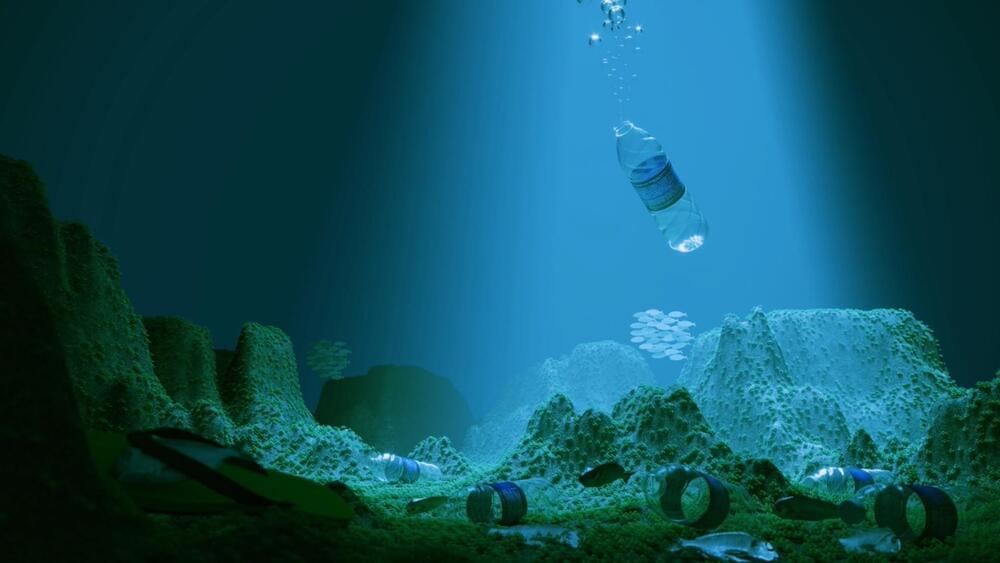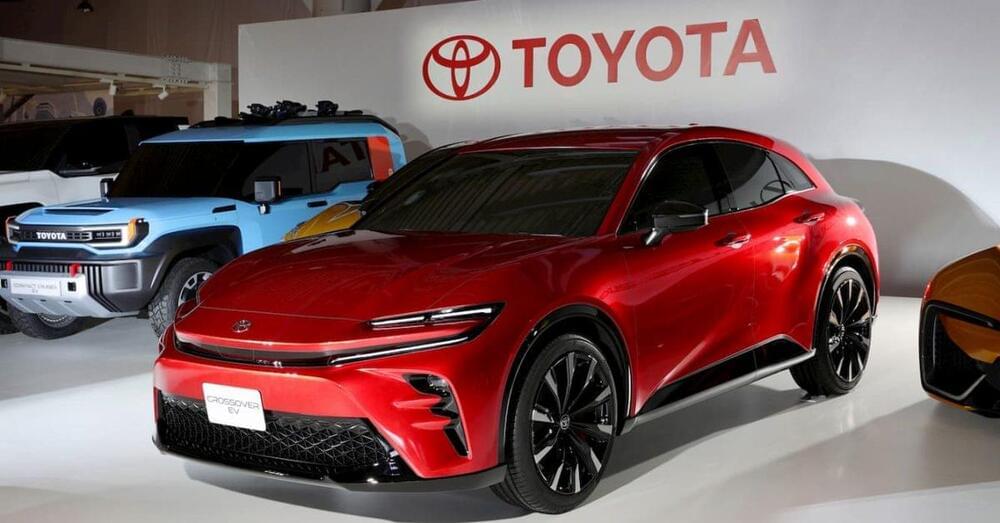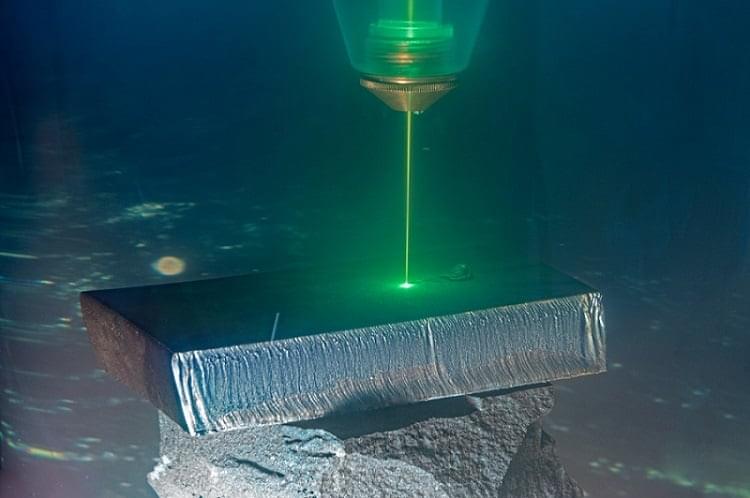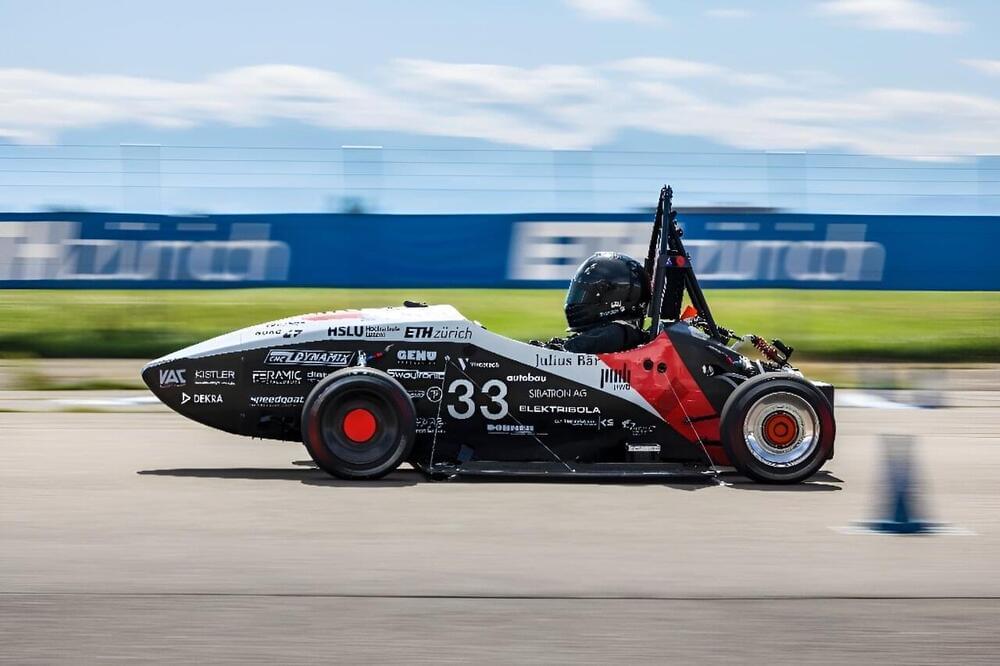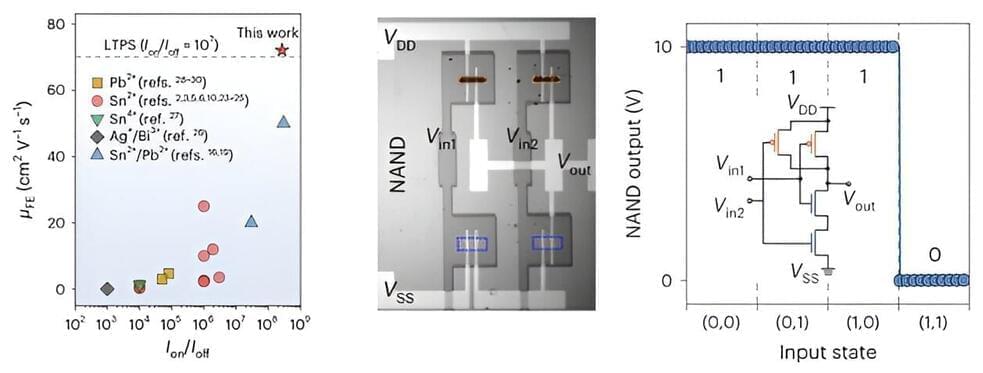Sep 15, 2023
A company aims to snuff out range anxiety by offering 100 miles in 5 minutes
Posted by Shailesh Prasad in categories: sustainability, transportation
Specializing in extreme fast charging (XFC) battery technology for electric vehicles, StoreDot aims to solve range anxiety, which is a well-known type of anxiety among EV owners. With its “100inX” technology roadmap, the company aims to achieve a mileage of 100 miles per five minutes of charging by 2024, according to a press release.
The company is at the advanced stages of developing groundbreaking semi-solid state technologies and targets mass manufacturing of its fast-charging battery cells, 100in5, which offer 100 miles of travel in five minutes of charging in 2024, then improve its charging abilities by 40 percent to three minutes by 2028 with 100in3, and finally achieving complete charging in two minutes by improving an additional 33 percent by 2032 with 100in2 batteries.

